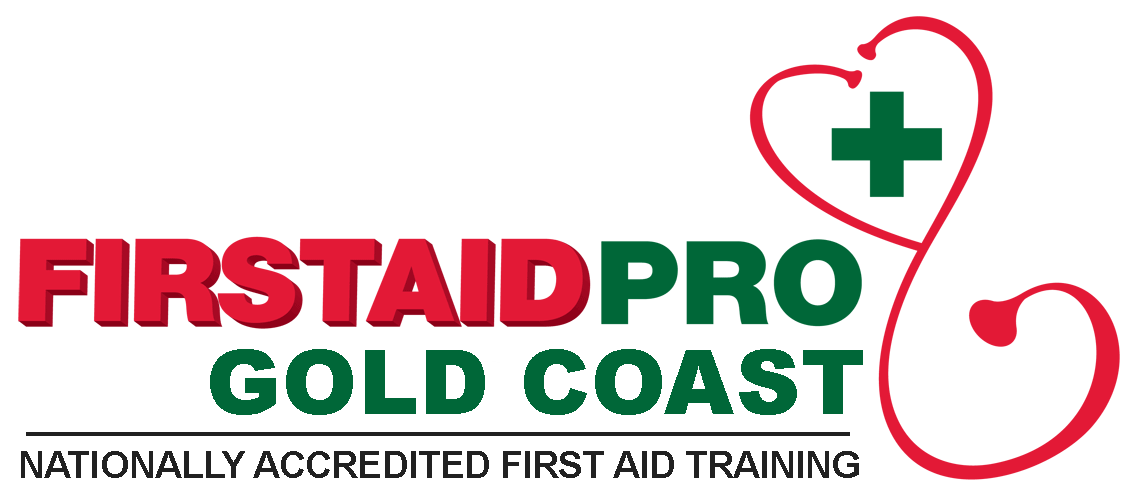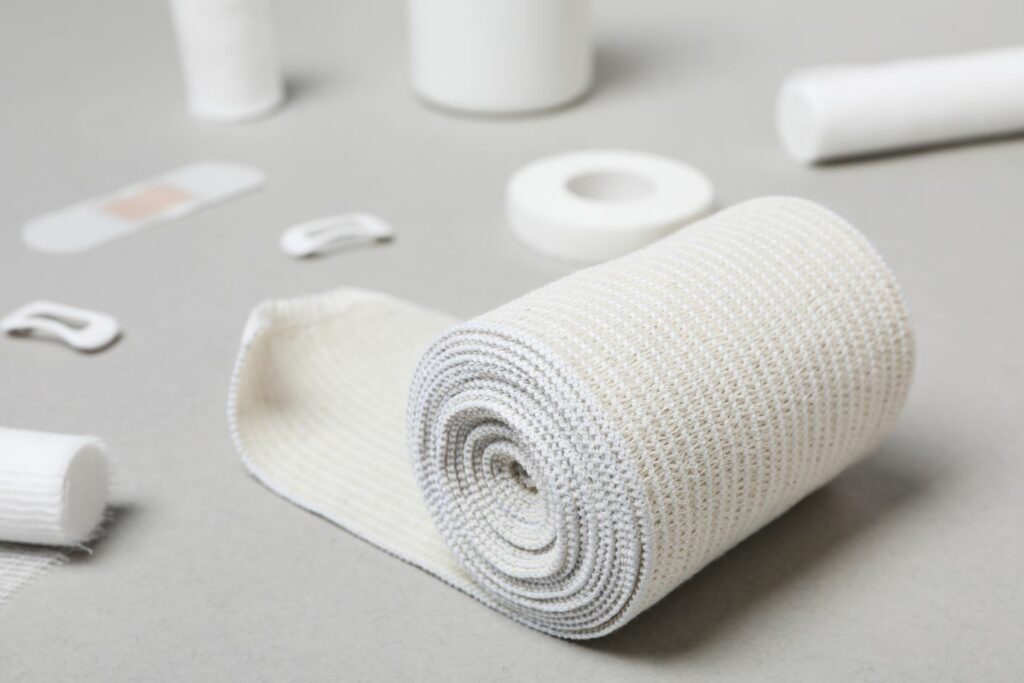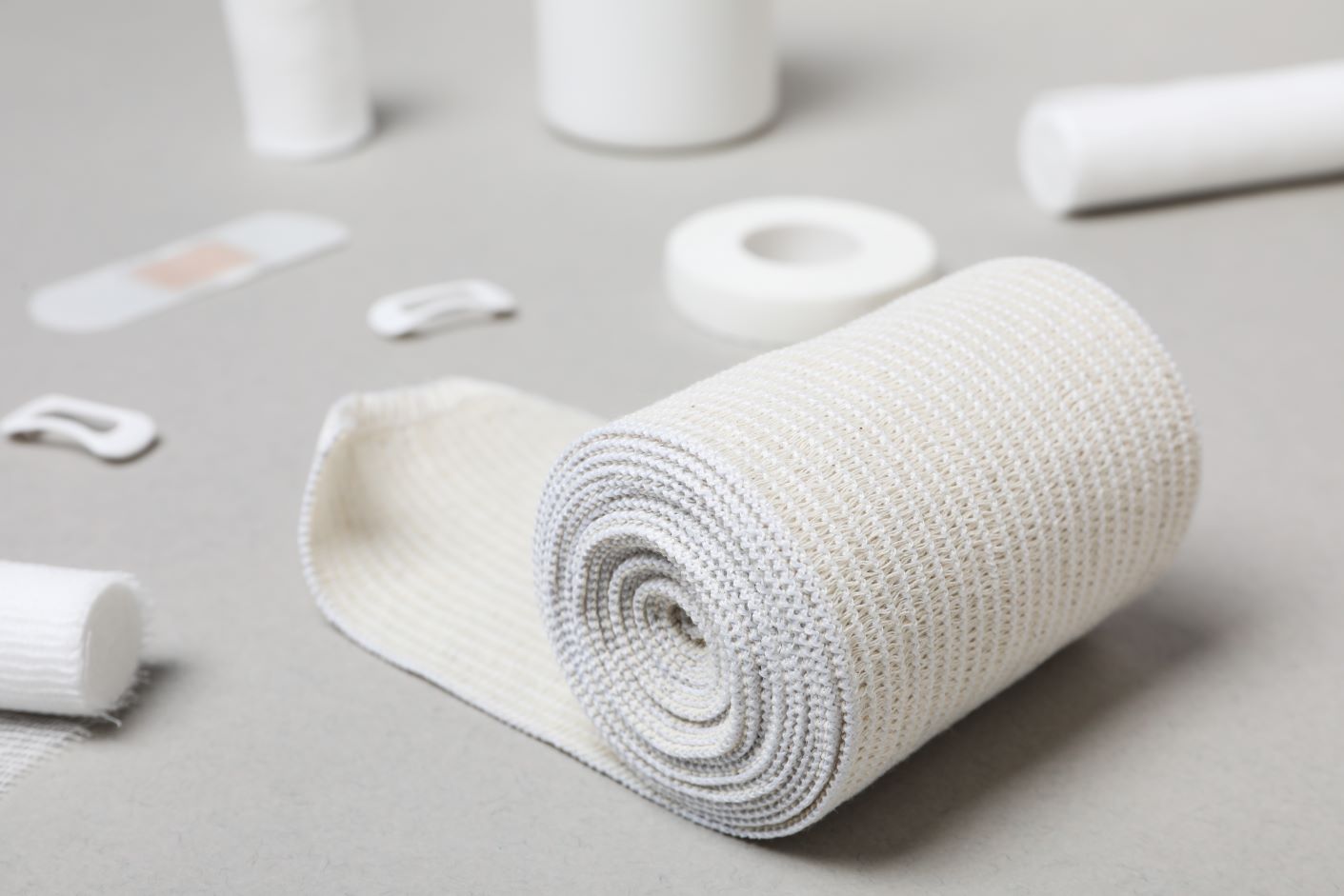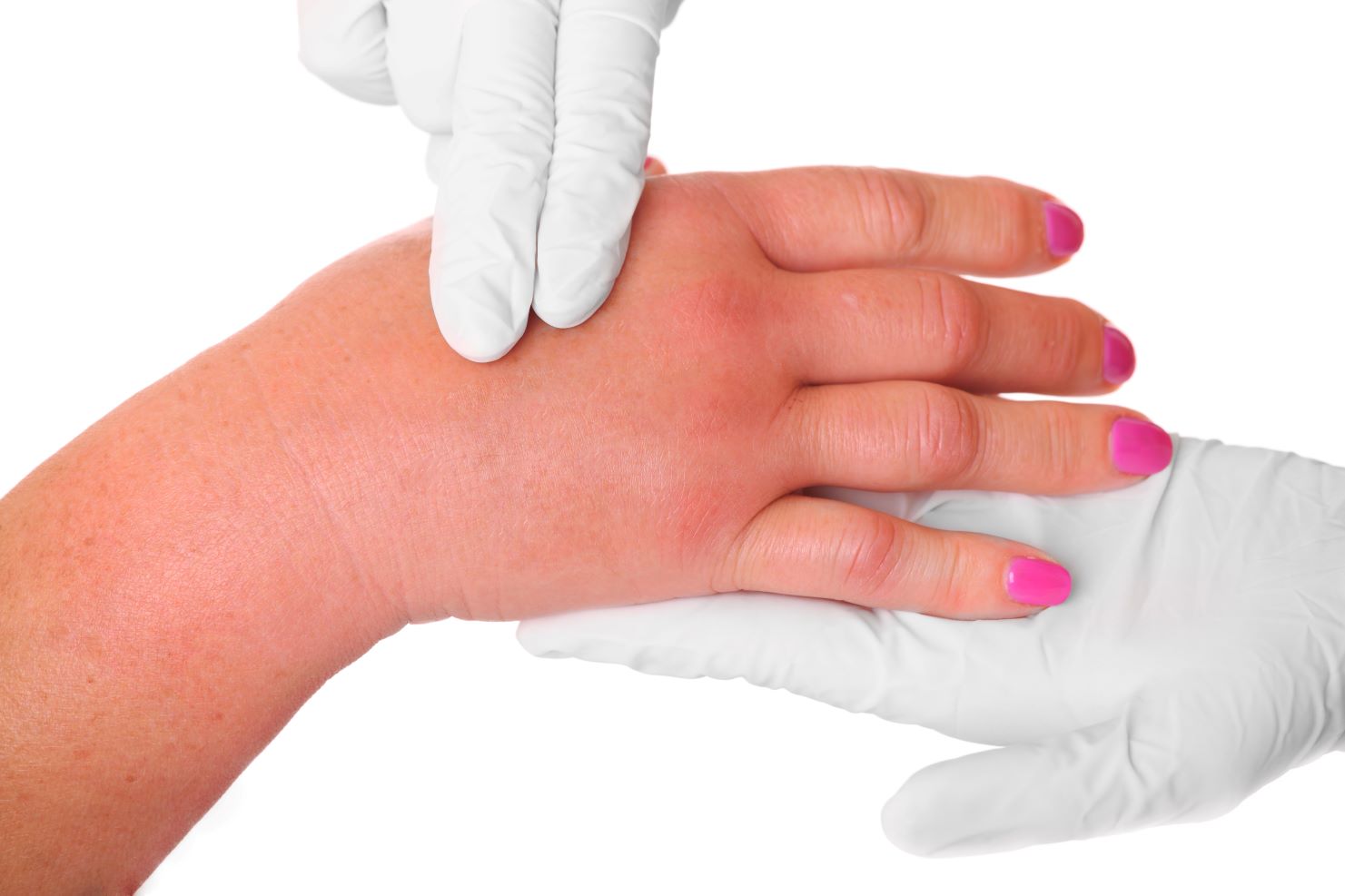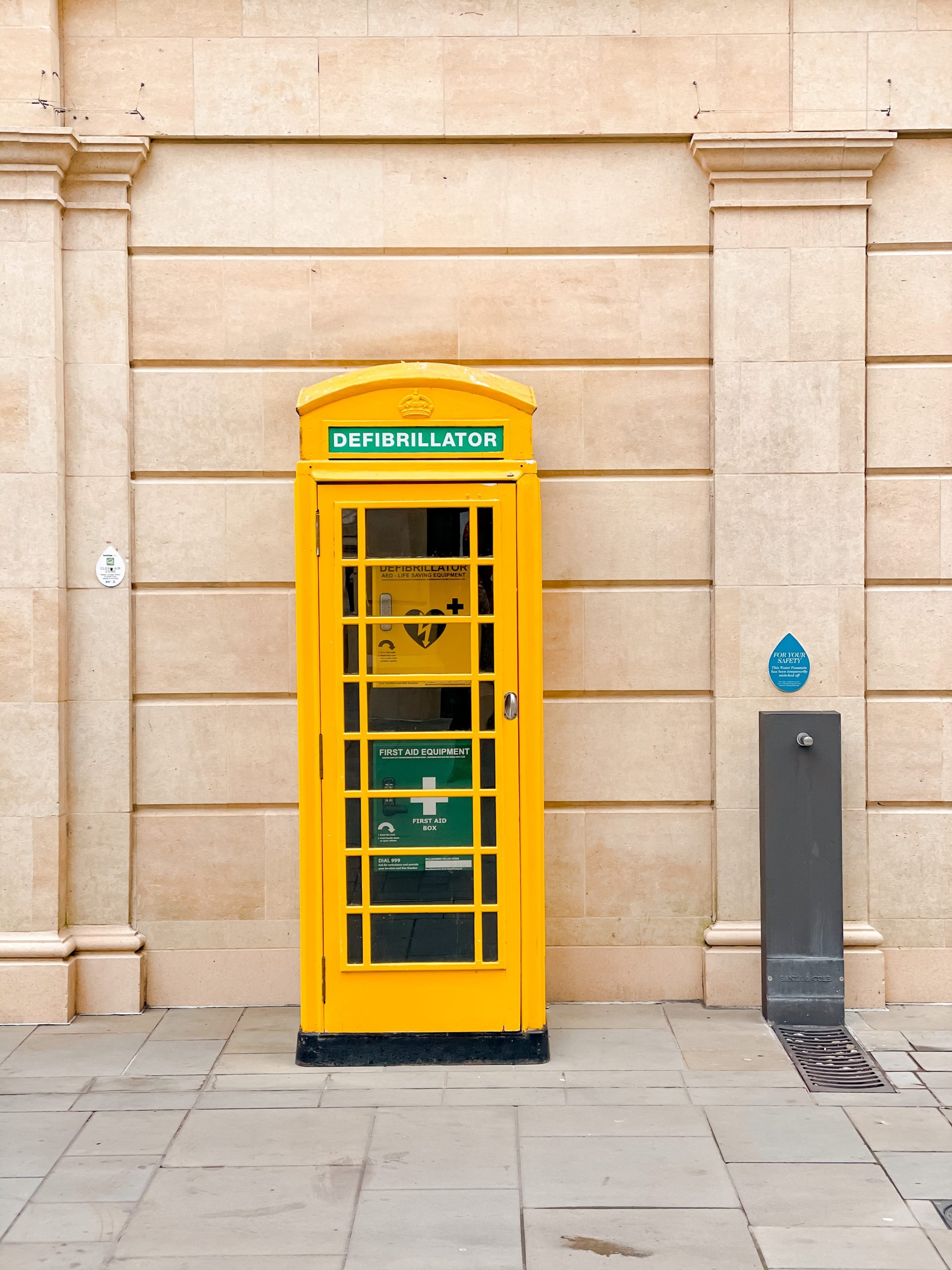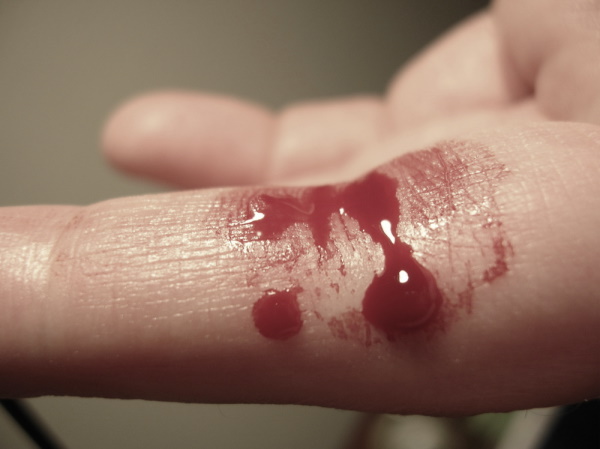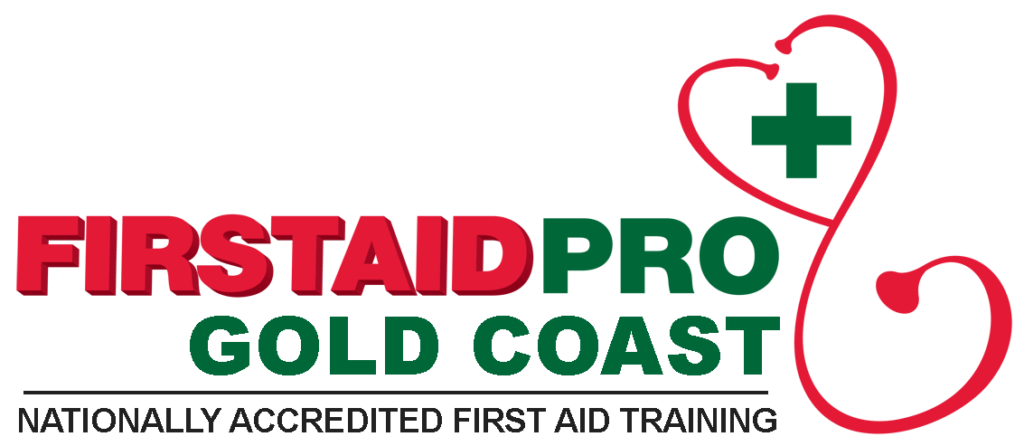Bandages are must-haves for every first aid kit. Among wound management products, they’re the most valuable item a first aider can have when they’re dealing with everyday accidents and injuries. To be most effective, bandages must be applied correctly.
Specific bandages are often designed with a specific purpose in mind, or are only for specific, different wound types. For example, some bandages are meant only to hold a dressing in place, while others are designed to support broken limbs. Other bandages are intended to be used only for one specific body part. Using the wrong kind of bandage for the wrong situation means it won’t be as effective as it otherwise could be, and this can negatively impact the healing process.
Different bandages are also made from different materials. They can be absorbent or non-absorbent, affecting how suitable they are for open wounds. Having a first aid kit stocked with different kinds of bandages is a great start, but by learning to identify the different bandages available on the market is an essential step in learning to use them correctly.
What is a Bandage?
You might not think defining a bandage is a necessary step. However, many people often mistakenly use the words “bandage” and “dressing” interchangeably. Getting these mixed up is a horrible start if you need to use one or either in a first aid emergency. “Dressing” refers to the primary layer of material placed directly on a wound.
A bandage is a soft piece of material used to hold a dressing in place. Specific types of bandages can help immobilise a body part, support an injury while it heals, and prevent heamorrhages.
The 4 Different Types of Bandages
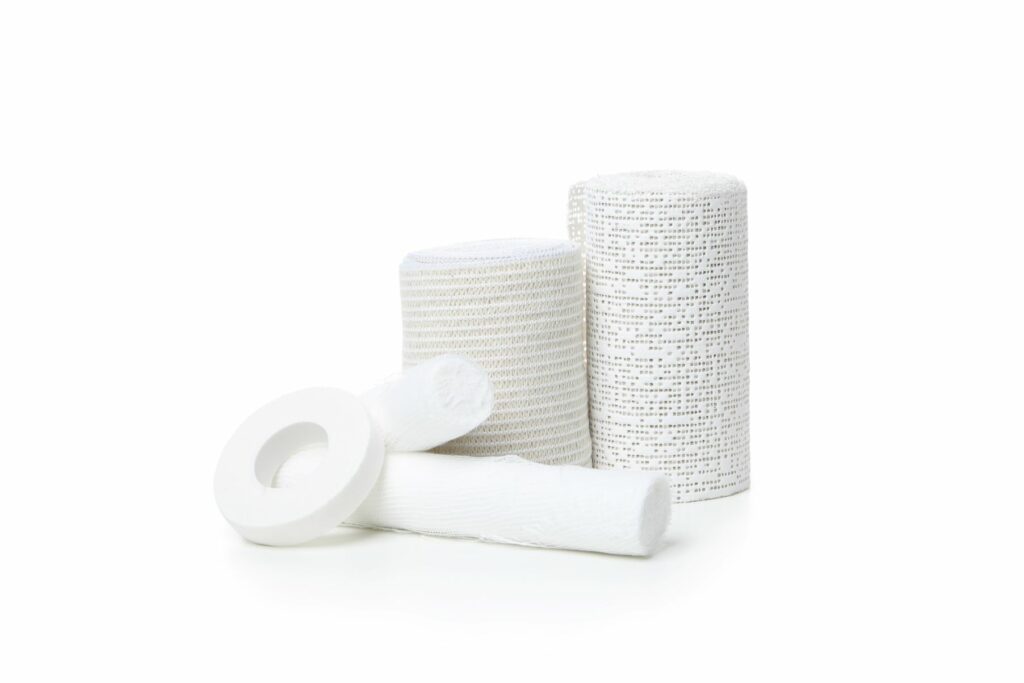
While there is a large range of surgical and adhesive bandages available, when it comes to first aid bandages they can be neatly sorted into four different categories. Following is a list of these four types of bandage, and the first aid situations in which each is most ideally used.
Gauze or Roller Bandages
A roller or gauze bandage is the most common type found in most first aid kits. It is a simple wide strip of material with an absorbent barrier. As the most versatile bandage they can be used in virtually any first aid situation.
How to Use:
The way to use a roller or gauze bandage depends on the first aid situation in question. When used to support a dressing, take the following steps. From the bottom up, gently wrap the bandage around the dressing, leaving a few centimetres to keep the bandage tight and compressed.
Triangular Bandages
A triangular or cravat bandage is a piece of cloth shaped into a right-angled triangle. These are most often seen in the form of a sling.
How to Use:
To apply a triangular bandage, hold the person’s arm across their chest. Put the bandage under their arm and around the back of their neck and tie it into a knot. Adjust it as necessary before securing it in place with safety pins.
Tubular Bandages
Tubular bandages are made with elastic tubes of thick gauze. Possibly the least versatile, they are most often used to stabilise joints, and are commonly seen on one’s ankles, elbows, wrists, or knees.
How to Use:
A tubular bandage is the simplest to apply. All you have to do is slide it on the affected limb and onto the dressing to secure it in place. Tight fitting, a tubular bandage should not require pins, tap, or anything to fasten it in place.
Compression Bandages
Also known as tensor or elastic bandages, a compression bandage is a stretchable piece of cloth most commonly used on sprains and strains. They provide gentle pressure which reduces the swelling of an injury.
How to Use:
Wrap the bandage around the affected area working from the inside to the outside of the limb. Ensure the bandage is wrapped snuggly, but not too tight, and avoid overlapping the layers too much to prevent pressure damage. Secure the end with clip fasteners or tape.
Once the Bandage is on…
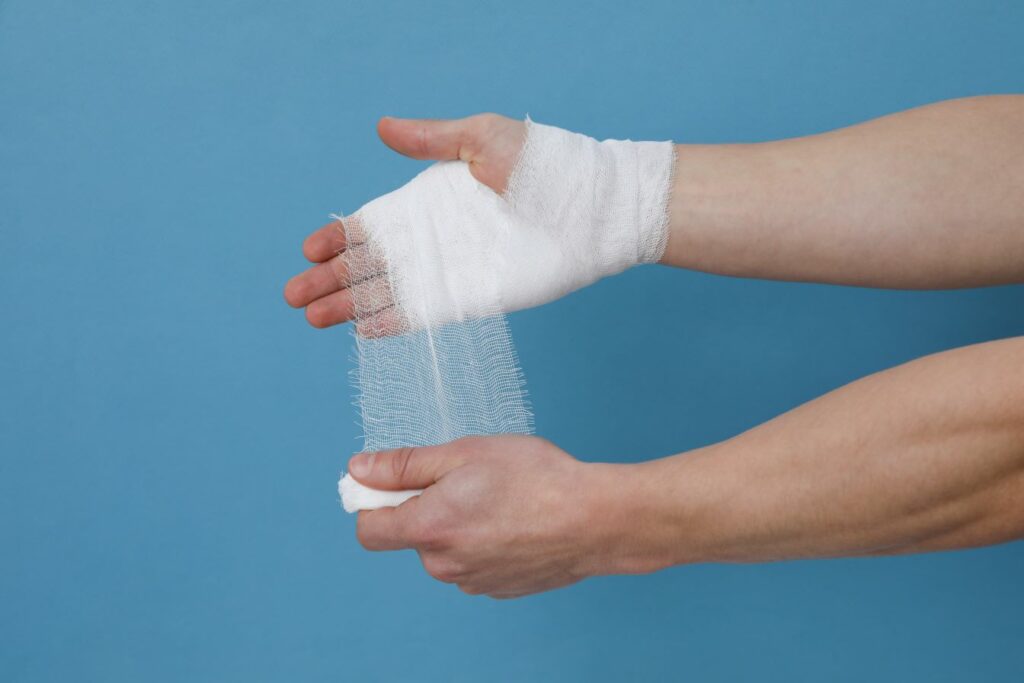
Whatever type of bandage you’re using, whatever first aid situation you’re in, there’s one thing that’s always the same. Once the bandage is in place, it’s important to check that it hasn’t been wrapped too tightly by double checking the patient’s circulation.
The process is simple. Press firmly down against the person’s skin on the side of the bandage opposite to their heart. Ideally, the skin should turn pale for a moment before returning to its full colour, indicating that circulation has not been obstructed. If colour does not quickly return, loosen the bandage immediately or reapply it from scratch.
If symptoms continue, seek immediate medical care.
There’s Always More to Learn
Reading about how to apply bandages correctly can do in a pinch. But in a real-life first aid emergency reading is no match for practical training. By taking a first aid course with First Aid Pro, you’ll not only learn all about the different kinds of bandages, you’ll get real experience in putting one on. Then when something goes wrong, you can be fully prepared to possibly save someone’s life.
